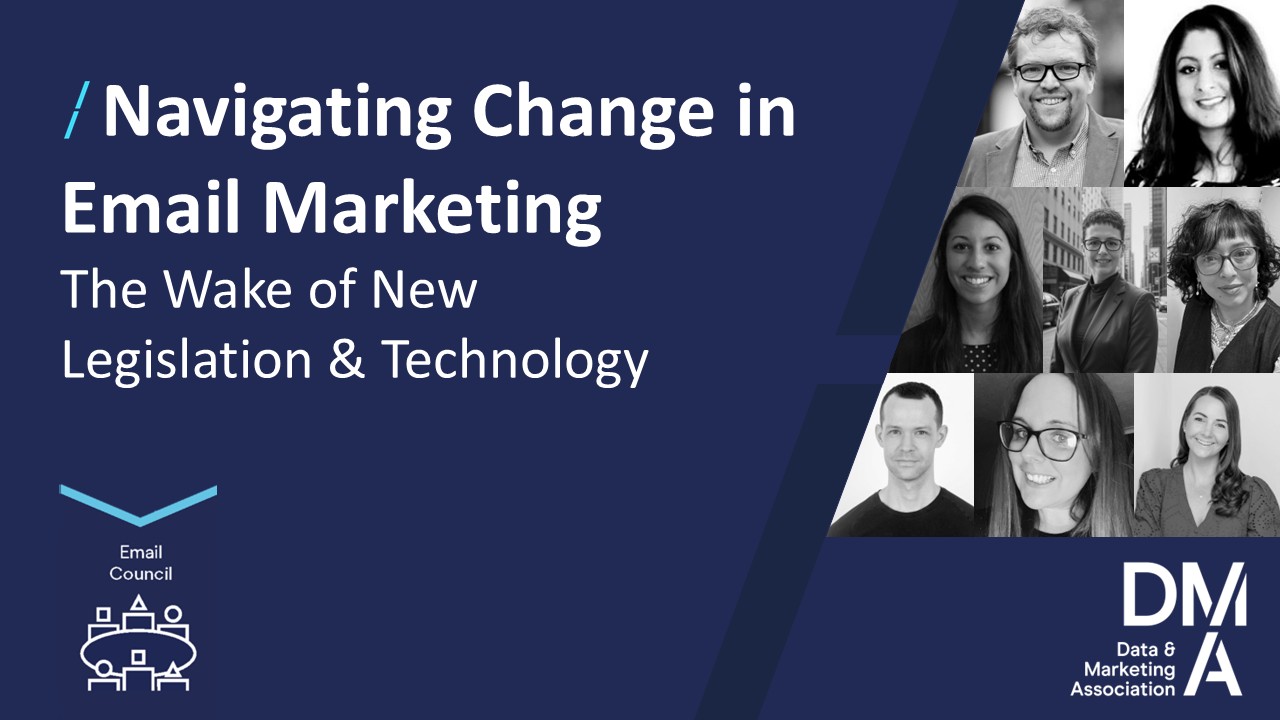PI referral fee ban hits marketing and data industry
29 Apr 2013

The personal injury (PI) referral fee ban, which came into effect on 1 April 2013, has hit claims management companies (CMC) and businesses that provide these firms with data. There was a sharp increase in the number of CMCs closing down in the first three months of 2013, hardly surprising seeing as around 3,000 (76%) of all authorised CMCs work in the PI sector. But it’s not just CMCs that are affected, any business that works with CMCs needs to ensure that it isn’t being paid for PI referrals. This includes data companies, marketers, solicitors and insurance companies.
What does the PI referral ban mean in practice?
Any provision of qualified leads counts as a referral. That could be a CMC providing the consumer’s name and contact details to a solicitor, or a data company checking if the consumer has had an accident and then passing the data to the CMC. Firms found to be in breach of the ban could risk withdrawal of their authorisation to work in the entire claims management sector.
Any breaches of the ban will be subject to action to regulatory action by the relevant regulators – the Claims Management Regulators at the Ministry of Justice (MoJ), the Solicitor’s Regulation Authority (SRA), the Financial Services Authority (FSA) and the Bar Council. The ban will be implemented by the Legal Aid, Sentencing and Punishment of Offenders Act 2012 (LASPO).
Marketers and data companies beware
Many businesses have felt reassured by the fact that the regulations don’t ban joint marketing schemes. Be warned though, just changing a payment structure or rebadging providing referrals as ‘marketing’ isn’t good enough. The SRA and MoJ have both made it clear that they expect firms to be able to prove that the fees they receive aren’t for referrals. Evidence will be needed to justify any payments on the basis of the services provided, and a ‘marketing’ label won’t stop the regulators from digging deeper.
The SRA has gone a step further, and in a talk on 18 April 2013 its executive director, Samantha Barras, stated that, “…we have decided to make use of section 57 of LAPSO which allows us to treat a payment as a referral fee unless the firm can show it was made for services… and not for referrals”.
Be warned, where the SRA leads MoJ will be inclined to follow. Any companies that aren’t sure if their business model meets the requirements of the referral fee ban need to review this urgently, lest they find themselves forced out of the claims sector entirely.
Jessica Tyrrell, Legal Adviser, Direct Marketing Association





Please login to comment.
Comments